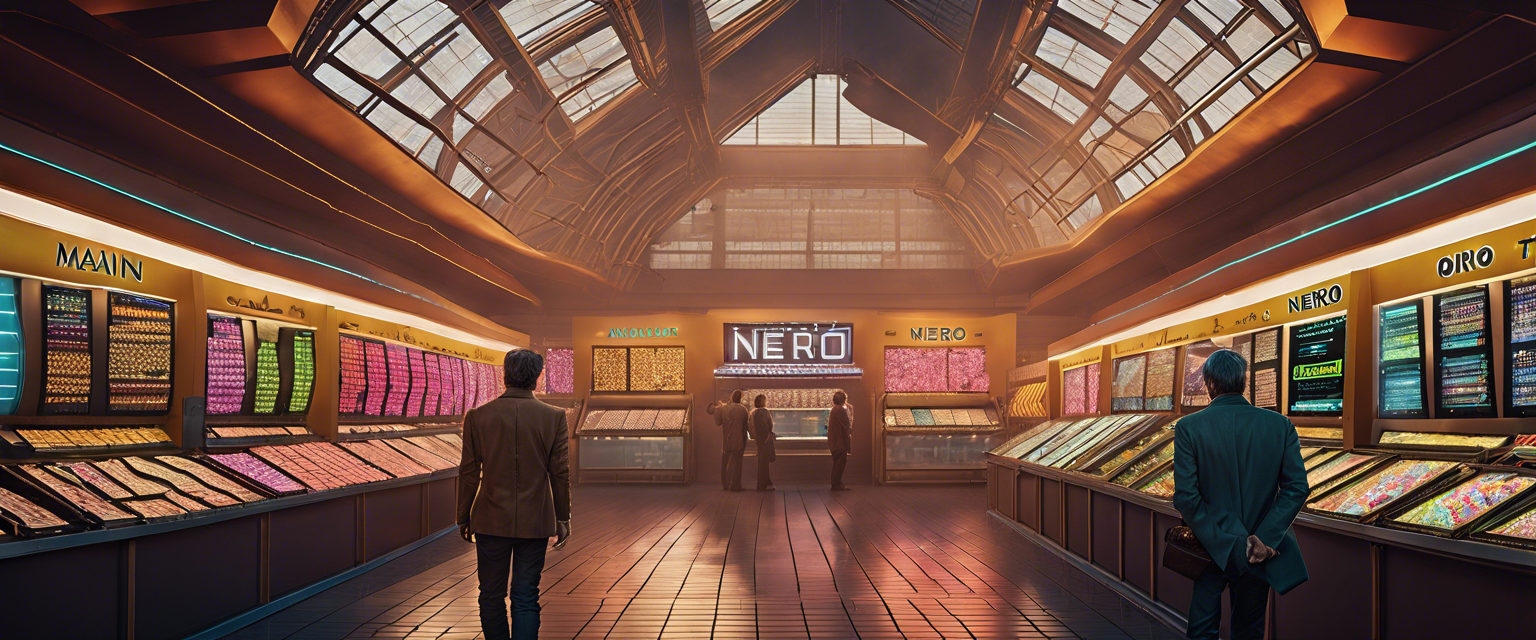Understanding Ethereum's Economic Model: Vitalik Buterin's Insights
Ethereum, the decentralized platform that has been the backbone of many innovations in the blockchain space, recently saw its co-founder, Vitalik Buterin, share significant insights regarding its economic model. On the X platform, Buterin discussed what he termed a 'variance problem' that currently plagues the Ethereum ecosystem, particularly when considering Layer 1 (L1) and Layer 2 (L2) solutions.
The 'Variance Problem' Explained
Buterin has pointed out an interesting shift in focus over the past year. Just a year ago, the primary concern among community members was how Layer 1 would extract rent from Layer 2. However, the focus has now flipped. Today, discussions center around how Layer 2 can leverage Layer 1 effectively. This shift highlights the volatility in discussions around these two solutions and points to a broader issue in managing economic expectations within the community.
The Need for Economic Stability
One of the key concerns Buterin raised relates to the fluctuations in the economic environment surrounding Ethereum. He noted that the current mixed economy model allows for drastic changes in tax rates, which can oscillate anywhere from 5% to 95%. Such instability could lead to discontent among users and members of the Ethereum community.
Proposed Solutions for a Reliable Economic Framework
In response to these concerns, Buterin proposed creating an economic model where fees for both L1 and L2 solutions remain consistently above zero. This approach aims to minimize volatility and reduce the variance in rates associated with these layers. By ensuring economic stability, users would likely experience increased satisfaction, which is essential for fostering a healthy community.
Building Community and Interoperability
Buterin emphasized that the health of the Ethereum ecosystem isn't solely about economic models; it also hinges on the culture and community values. He underscored the necessity for:
- Technical Interoperability: System designs must allow L1 and L2 to work together seamlessly.
- Shared Values and Culture: A cohesive community culture that aligns with the principles of Ethereum.
- Economic Stability: A predictable and stable economic environment that engenders trust among community members.
Conclusion
Vitalik Buterin's insights into the economic model of Ethereum reflect the ongoing evolution of the platform. As discussions on L1 and L2 continue to mature, the emphasis on designing stable economic systems that promote community involvement and ensure satisfaction is more important than ever. Moving forward, the Ethereum community will need to adapt to these challenges and strive for a framework that benefits all stakeholders.
Learn More About Ethereum
For those interested in further exploring the intricacies of Ethereum's economic model and the latest developments in blockchain technology, visit Ethereum's official website or follow Vitalik Buterin on X for more updates.



发表评论
所有评论在发布前都会经过审核。
此站点受 hCaptcha 保护,并且 hCaptcha 隐私政策和服务条款适用。